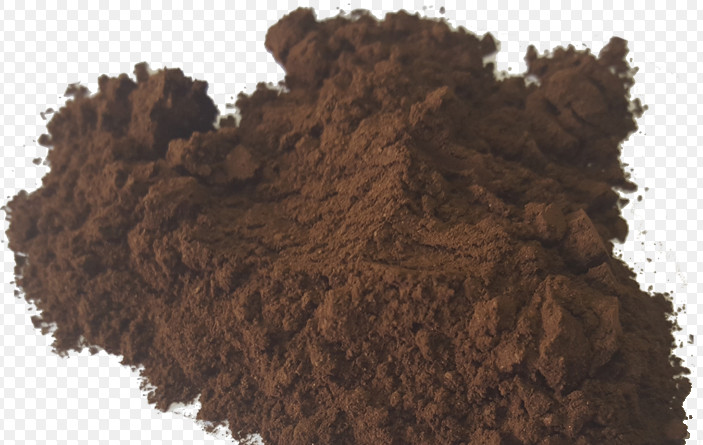COMPARISON OF METHODS FOR THE CALCULATION OF HEAT OF COMBUSTION OF BIOPOLYMERS
Abstract
In this paper, various methods for calculating the higher (Q) and lower (q) calorific values for plant biopolymers (lignin, cellulose, hemicellulose, starch, pectin, proteins) and some other components of biomass (resin acids, lipids, ). The results of the studies showed that calculations using the Eq parameter (i.e., the combustion energy per 1 g of O2) give a deviation from the experimental values of about 4% for Q and more than 7% for q. In the case of calculations based on the contribution of structural groups of polymers, the deviation is on average 3%. The lowest deviation from the experimental data, about 0,5% for Q and less than 1% for q, was obtained using an improved calculation method that is based on determining the elemental composition of biopolymers and other biomass components. Calculations of the calorific values for biomass samples using the proposed improved method were very close to the experimental values of the calorific value. It has been found that the most preferred method of waste disposal is the burning of pellets, their waste plant biomass and polyolefins, since this combustion method provides more high calorific value and increased thermal energy density than a single combustion of only biomass and is accompanied by a smaller amount Carbon dioxide in comparison with the separate burning of only waste polyolefins.Downloads
Metrics
References
Ioelovich M. Advance in Energy, 2014, vol. 2, no. 1, pp. 15–20.
Energy recover from waste. Report of New Energy Co. [Electronic resource]. URL: http://www.newenergycorp.com.au/what-we-do/waste-hierarchy. New Energy, West Perth, 2016.
Vargas-Moreno J.M., Callejón-Ferrea A.J., Pérez-Alonsoa J., Velázquez-Martí B. Renewable and Sustainable Energy Reviews, 2012, vol. 16, pp. 3065–3083.
Suris A.L. Chem. Pertol. Eng., 2007, vol. 43, no. 1–2, pp. 20–21.
Maksimuk Iu.V., Kruk V.S., Antonova Z.A., Ponomarev D.A., Sushkova A.V. Lesnoi zhurnal, 2016, no. 6, pp. 110–121. (in Russ.).
Parikh J., Channiwala S.A., Ghosal G.K. Fuel., 2005, vol. 84, pp. 487–494.
Huggett C. Fire and Mater, 1980, vol. 4, pp. 61–65.
Babrauskas V. Heat Release in Fires, New York: Elsevier, 1992, ch. 8, pp. 251–255.
Walters R.N., Lyon R.E., Hackett S.M. Fire and Mater, 2000, vol. 24, pp. 1–13.
Willfor S., Sjoholm R., Laine C., Roslund M., Hemming J., Holmbom B. Carbohydrate Polym., 2003, vol. 52, pp. 175–187.
Dubtsova G.N., Kolpakova V.V., Nechaev P.P. Ispol'zovanie belkovykh produktov iz pshenitsy v pishchevykh pro-izvodstvakh. [Use of protein products from wheat in food production]. Moscow, 1992, 40 p. (in Russ.).
Holloway P.J. Phytochemistry, 1983, vol. 22, no. 2, pp. 495–502.
Sluiter J.B., Ruiz R.O., Scarlata C.J., Sluiter A.D., Templeton D.W. J Agric. Food Chem., 2010, vol. 58, no. 16, pp. 9043–9053.
Ioelovich M. J. Basic Appl. Res. Int., 2016, vol. 16, no. 2, pp. 96–103.
Goldberg R.N., Schliesser J., Mittal A. J. Chem. Thermodyn., 2015, vol. 81, pp. 184–226.
Kabo G.J., Voitkevich O.V. Blokhin A.V. J. Chem. Thermodyn., 2013, vol. 59, pp. 87–93.


This work is licensed under a Creative Commons Attribution 4.0 International License.
The authors, which are published in this journal, agree to the following conditions:
1. Authors retain the copyright to the work and transfer to the journal the right of the first publication along with the work, at the same time licensing it under the terms of the Creative Commons Attribution License, which allows others to distribute this work with the obligatory indication of the authorship of this work and a link to the original publication in this journal .
2. The authors retain the right to enter into separate, additional contractual agreements for the non-exclusive distribution of the version of the work published by this journal (for example, to place it in the university depository or to publish it in a book), with reference to the original publication in this journal.
3. Authors are allowed to post their work on the Internet (for example, in a university repository or on their personal website) before and during the review process of this journal, as this may lead to a productive discussion, as well as more links to this published work.











